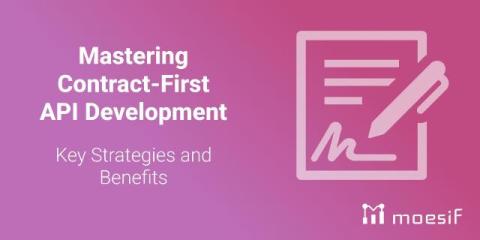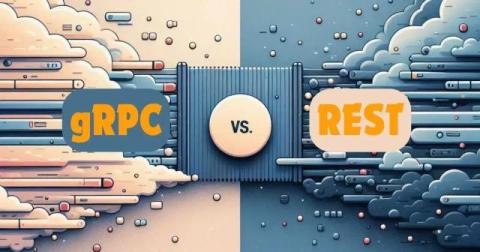Understanding Http Status Codes
HTTP status codes are an essential part of web communication. They provide information about the outcome of a request made to a server. Whether you’re a seasoned developer or a student just starting out, understanding these codes can significantly enhance your ability to debug and optimize web applications. This blog will break down the most common HTTP status codes that one generally encounters, explain their meanings and how to handle them.











